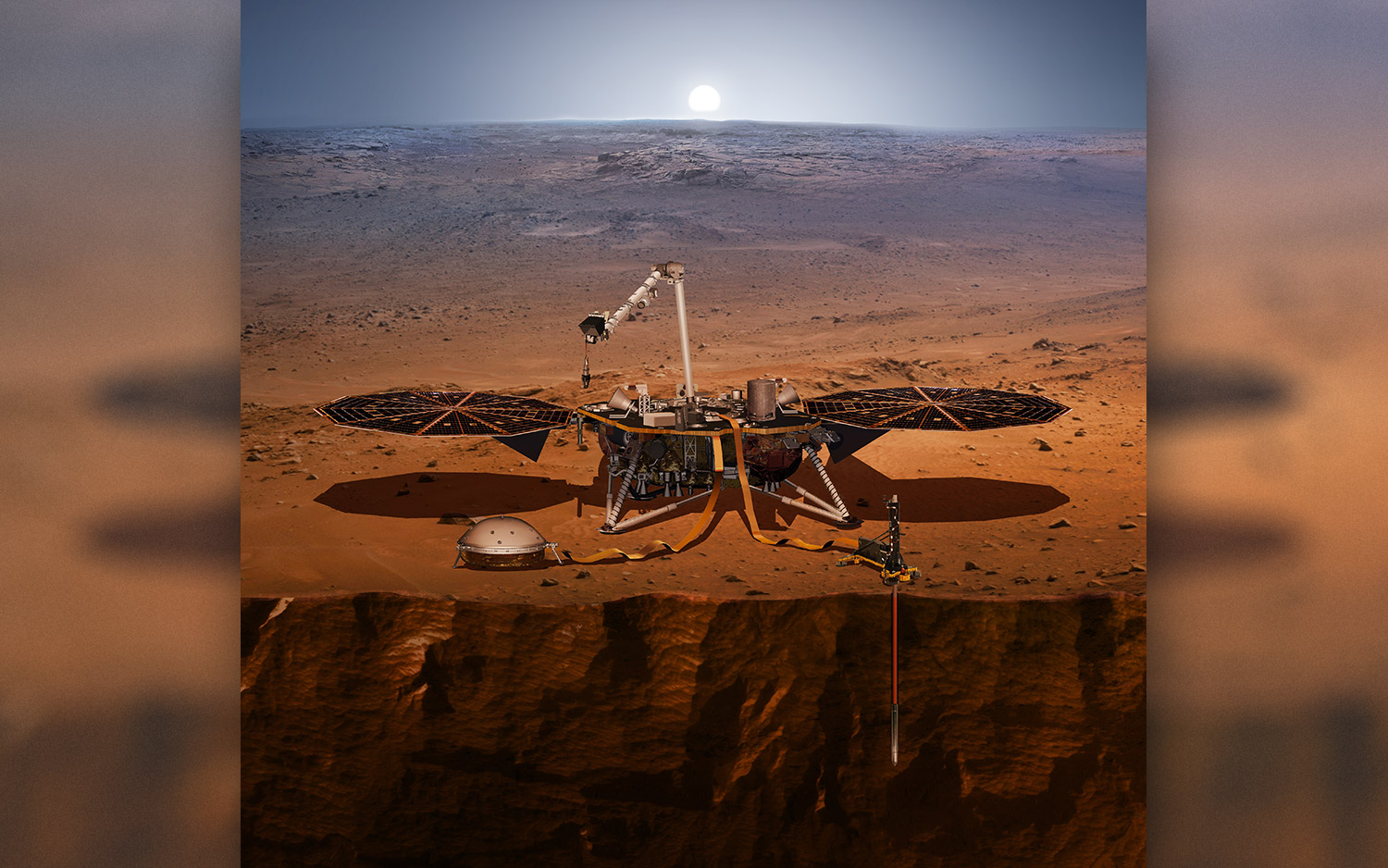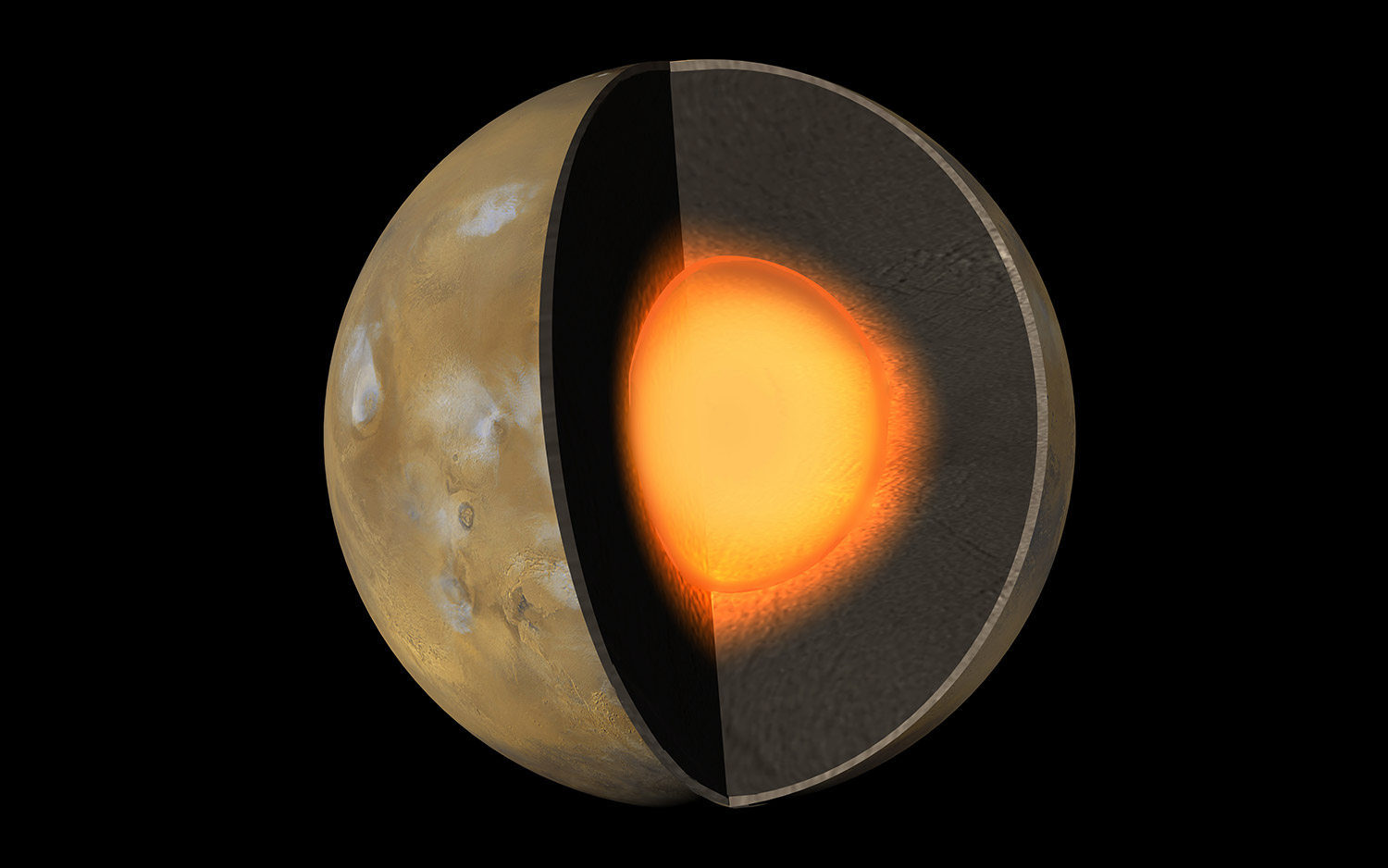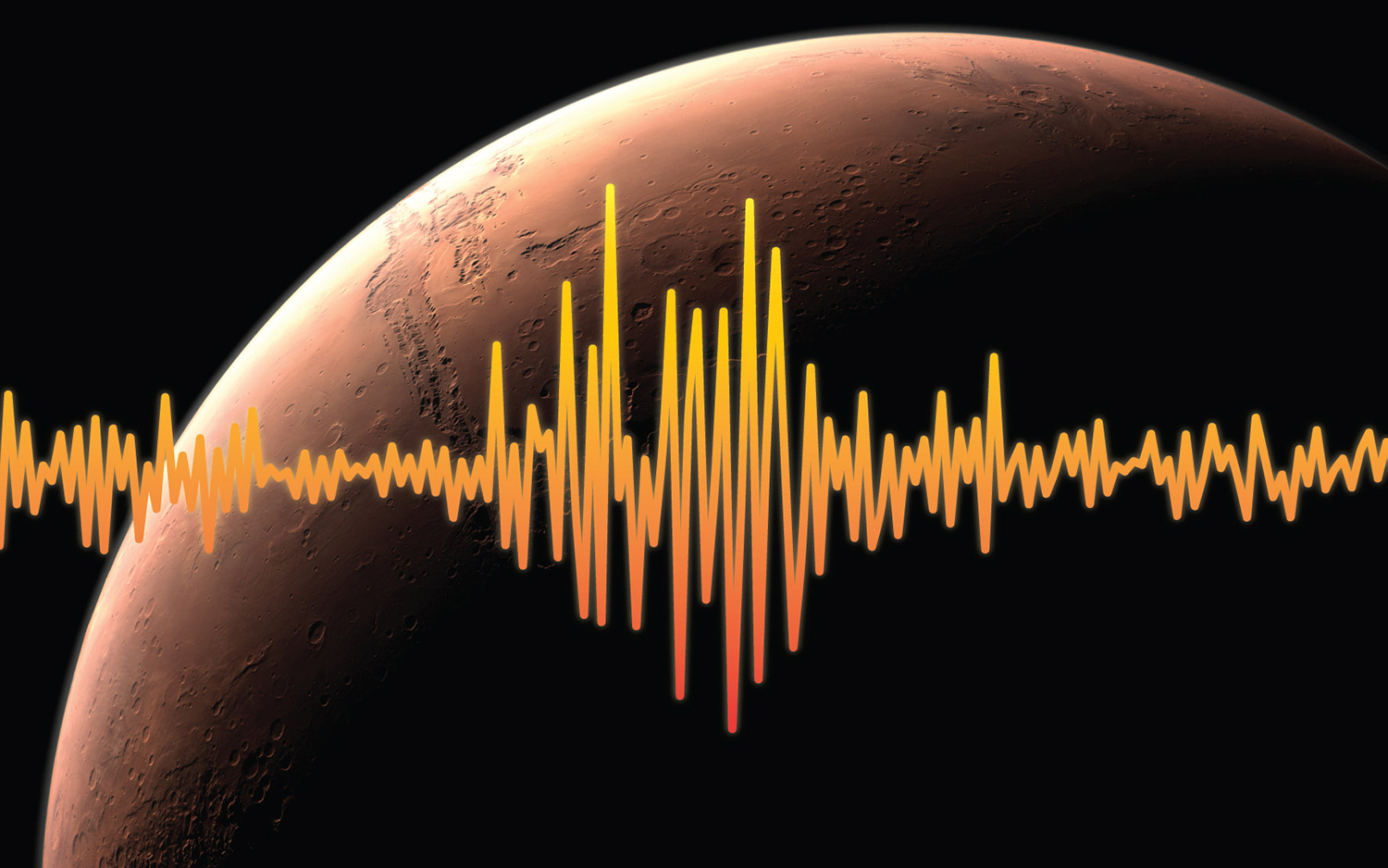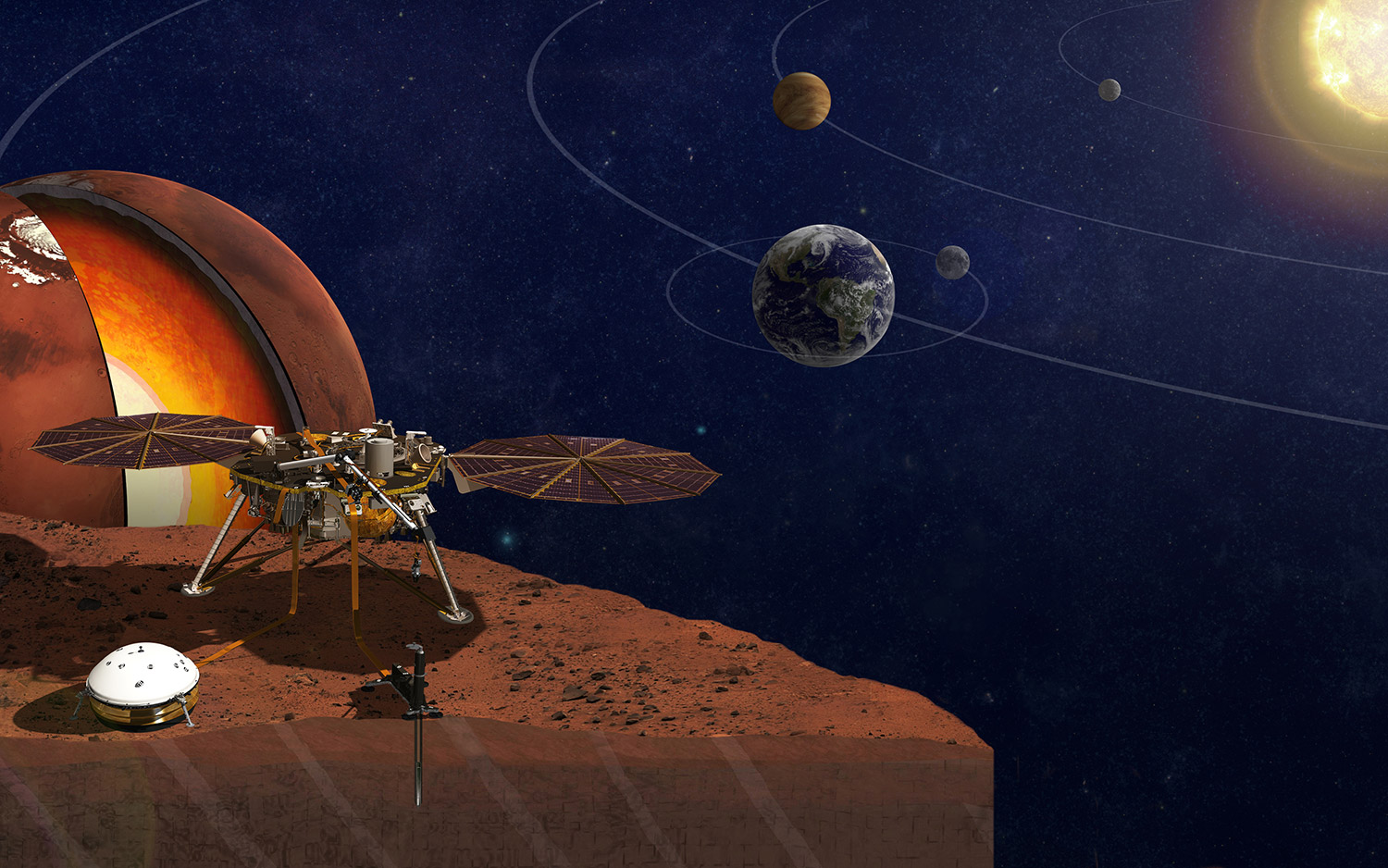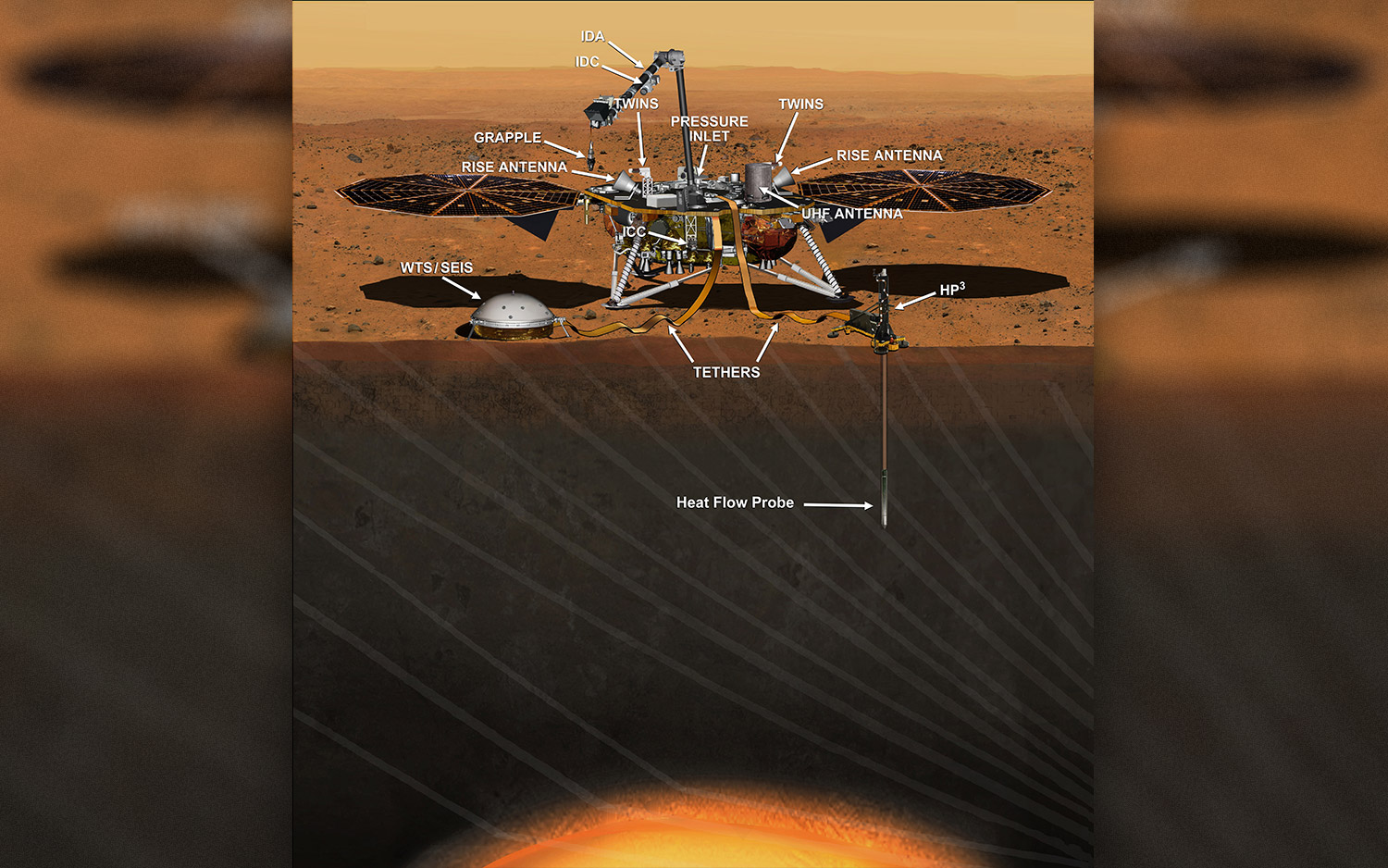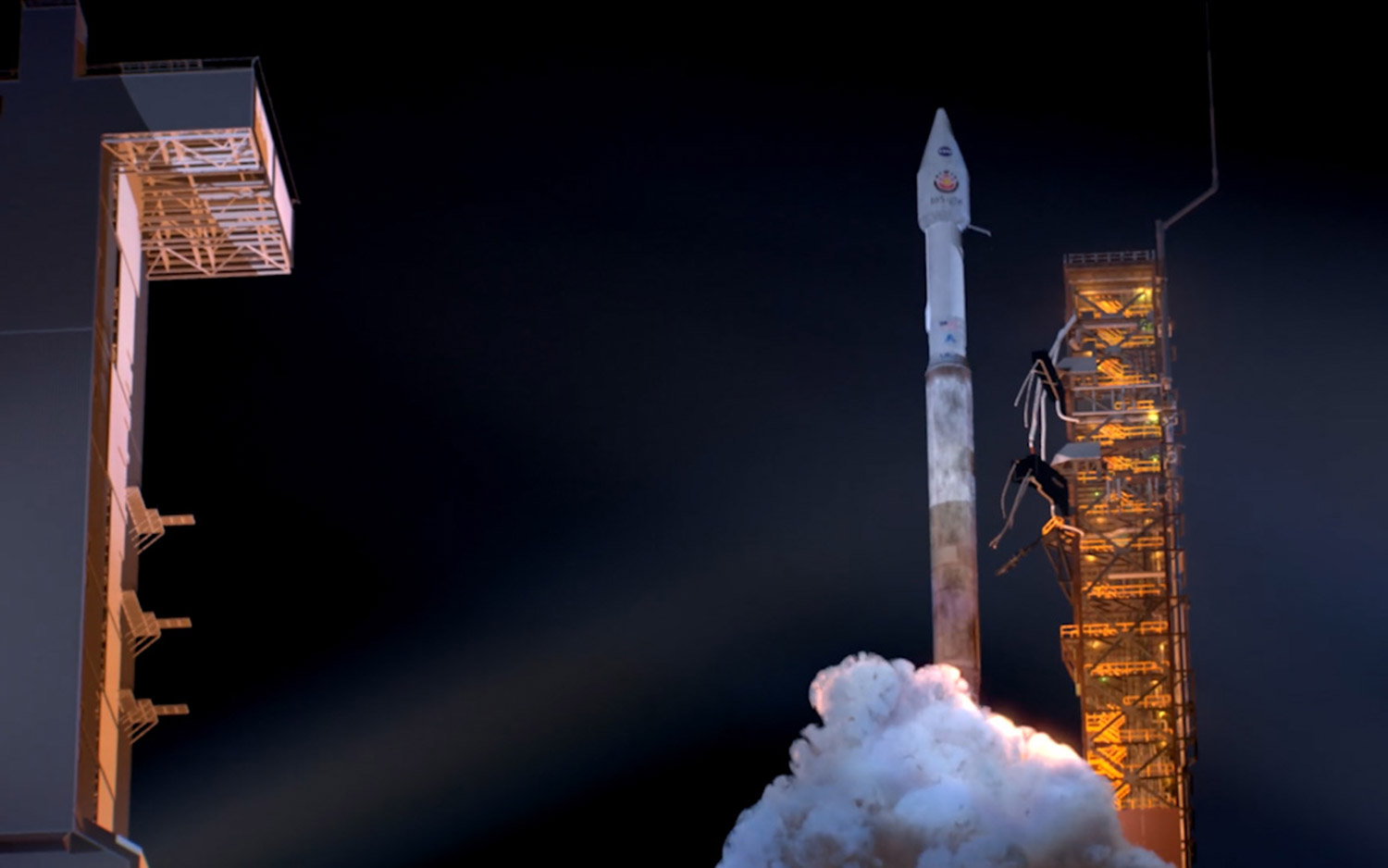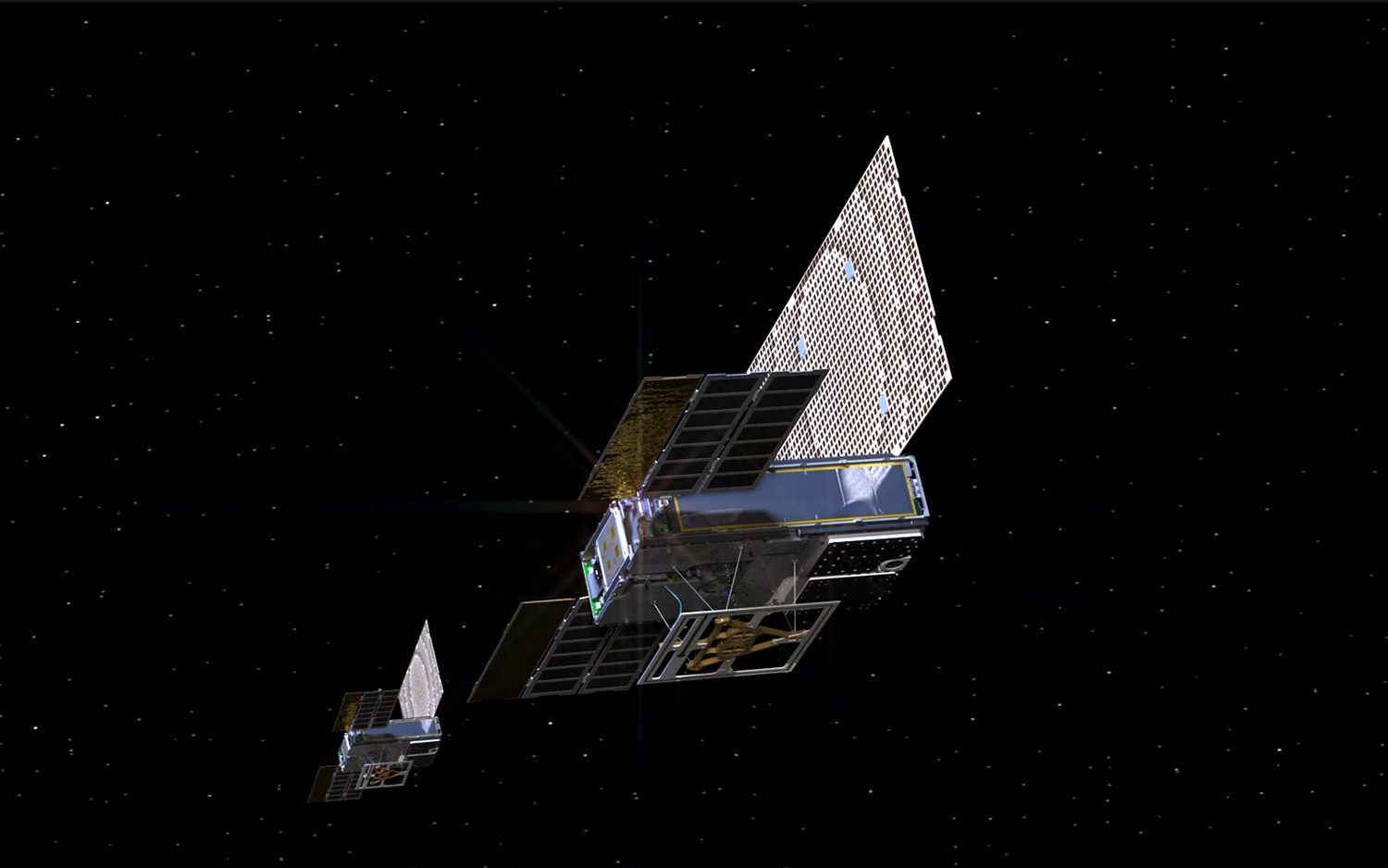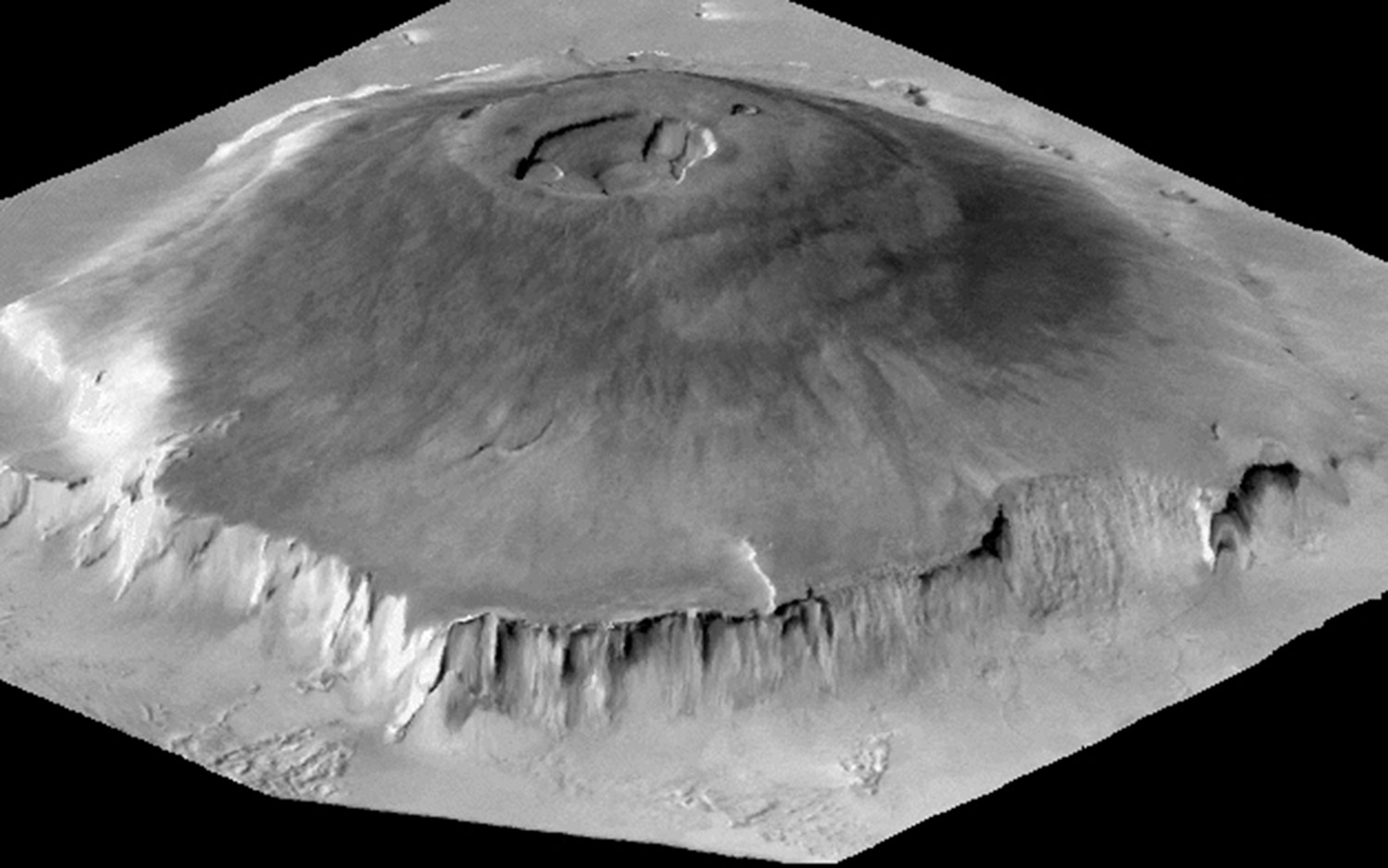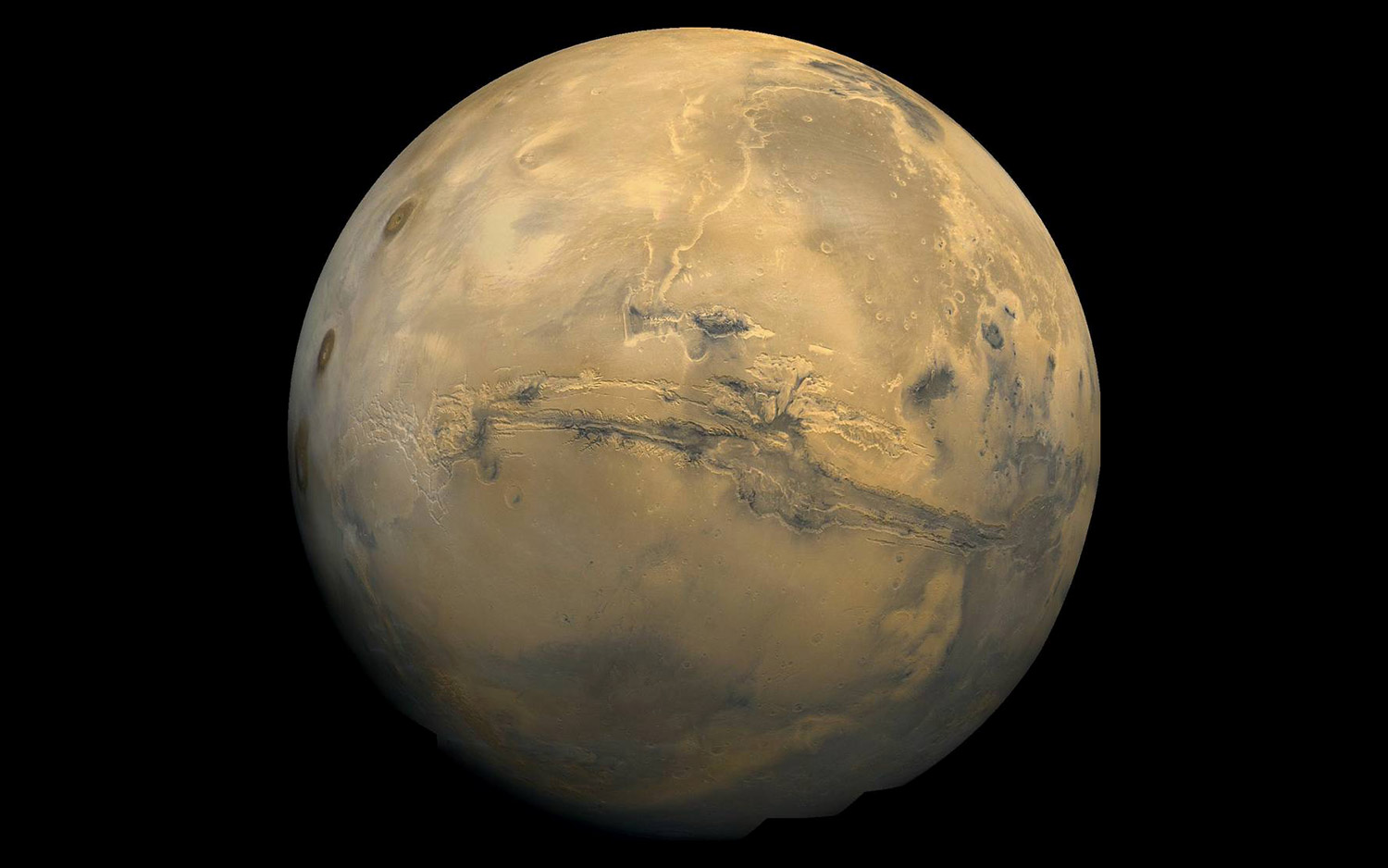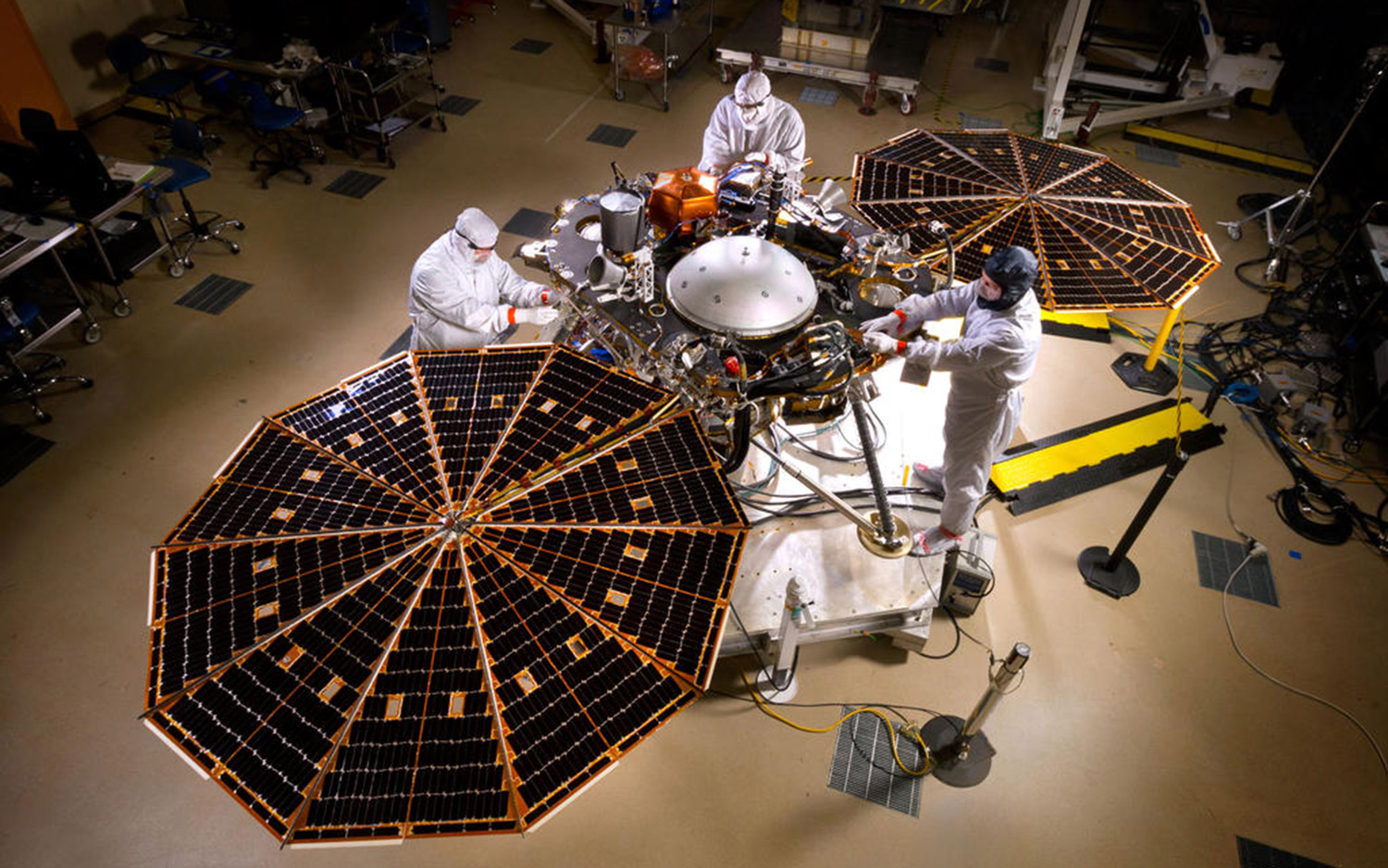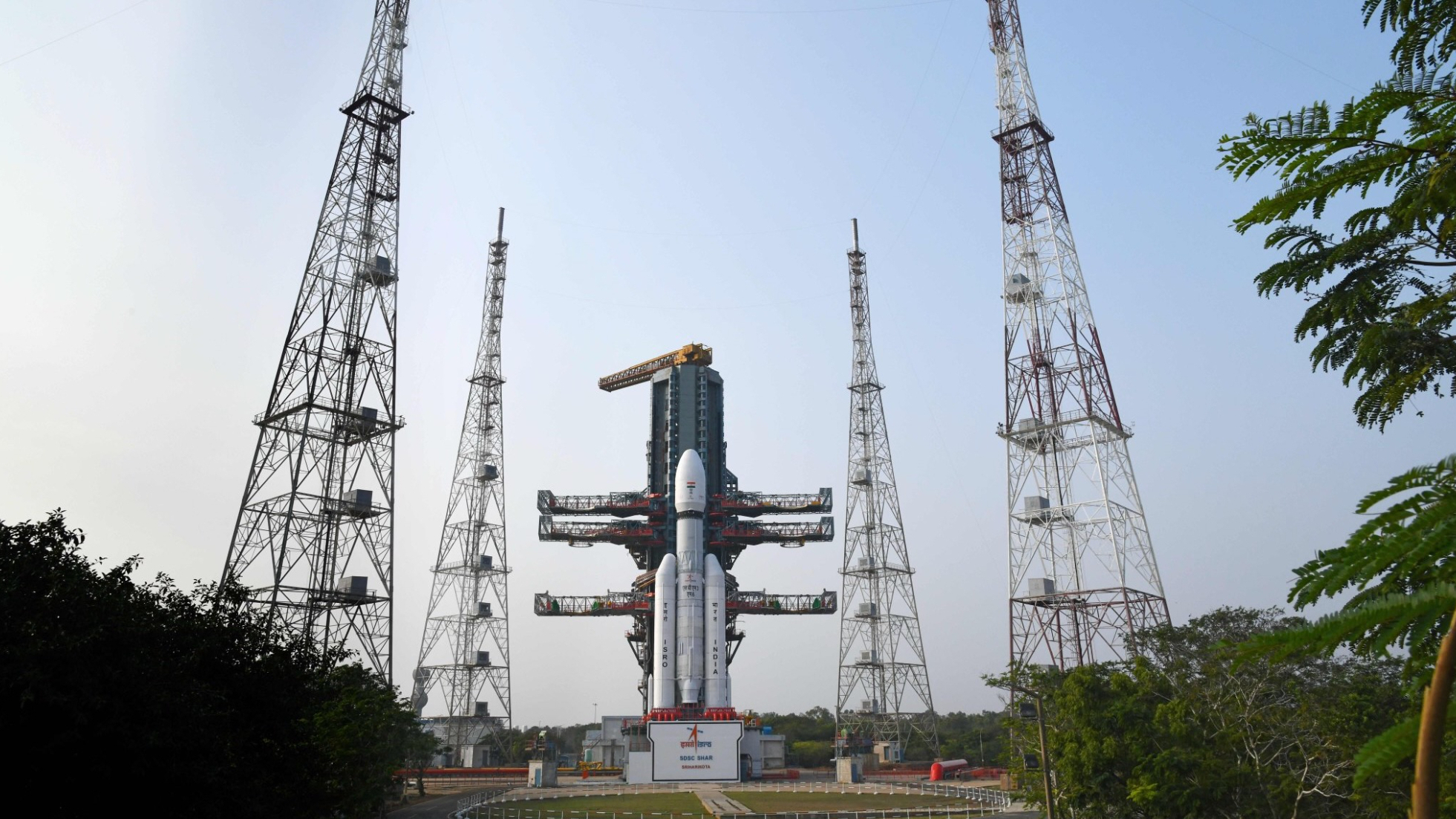NASA's Mars InSight Lander: 10 Surprising Facts
Introduction
NASA's Mars InSight lander is designed to probe deep into the Red Planet in search of marsquakes, secrets about the planet's core and much more. This isn't the first lander to Mars, but it will be the first to dig so deep in search of scientific answers.
But there are some details about InSight that might surprise you. Here are 10 unexpected facts about NASA's InSight Mars lander to ponder.
FIRST STOP: InSight will look inside Mars
It's the first to peer inside Mars.
Our knowledge of Mars is mostly skin-deep. From the ground, NASA's Curiosity and Opportunity rovers take pictures of the surroundings; sometimes, Curiosity collected samples for further analysis. Curiosity can also drill holes, but it can do so only on the topsoil of Mars. Meanwhile, the Red Planet is under constant scrutiny by spacecraft above, with orbiters taking high-resolution pictures of its surface or looking at its atmosphere.
The goal of InSight isn't to roam around the planet, but to stay still. That's so it can carefully measure properties of the Martian interior. This includes seismic activity (from marsquakes and meteorite strikes), temperature (through a heat flow experiment) and the size and shape of its core (through analyzing wobbles in the planet as it orbits the sun.) It's all in InSight's name. The moniker is short for Interior Exploration using Seismic Investigations, Geodesy and Heat Transport.
NEXT: It's about more than just Mars.
It will teach us about other planets.
The Kepler space telescope showed us that terrestrial planets (such as Earths or slightly larger "super-Earths") are common in the universe. It's hard to study these planets from so far away, so looking at Mars helps us makes predictions about their composition and atmosphere. Even in our own solar system, looking at terrestrial planets helps us understand why they all turned out so different. For example, why does Earth have so much water on it, while the Martian water has disappeared?
"When it comes to rocky planets, we've only studied one in great detail: Earth. By comparing Earth's interior to that of Mars, InSight's team hopes to better understand our solar system," NASA said in a statement. "What they learn might even aid the search for Earth-like exoplanets, narrowing down which ones might be able to support life. So while InSight is a Mars mission, it's also more than a Mars mission."
NEXT: InSight might find marsquakes!
InSight might find marsquakes.
As mentioned earlier, one of InSight's goals is to detect marsquakes — or seismic activity. Other missions tried to do this, but failed. NASA sent two spacecraft called Viking 1 and Viking 2 to the surface in 1976. They both had seismometers on board, but the seismometers were on top of the spacecraft. Because the instruments swayed in the wind, their data wasn't very reliable.
Earth's quakes are mostly due to tectonic plate activity, but on Mars, scientists expect quakes would arise from volcanism, cracks in the crust or meteorite impacts. "Each marsquake would be like a flashbulb that illuminates the structure of the planet's interior," NASA stated. "By studying how seismic waves pass through the different layers of the planet (the crust, mantle and core), scientists can deduce the depths of these layers and what they're made of. In this way, seismology is like taking an X-ray of the interior of Mars."
NEXT: NASA will track InSight from Earth
NASA antennas will track InSight from Earth.
InSight will transmit regular updates on its position to NASA's Deep Space Network, which is a set of antennas that communicates with spacecraft across the solar system. Using its radio science experiment, InSight's location will be tracked to within a few inches or centimeters. In reality, InSight will stay still – but the planet won't. Mars wobbles as it moves around the sun.
"RISE will tell us exactly how much Mars wobbles, using the same technology that your smartphone uses to tell you your location," NASA said. "Scientists can use this information, collected over the course of InSight's mission, to understand just how much Mars wobbles in its orbit. This is key to determining the size of Mars' core, and whether it is liquid or solid."
Next: Do Mars' innards have an Earth connection?
InSight will show how Mars and Earth are related.
While scientific investigations suggest the Earth, moon and Mars formed from the same kinds of materials, only detailed study will show whether this hypothesis is true. InSight's heat probe experiment will burrow down as far as 16 feet (5 meters) to get below the area where seasonal change affects its measurements. Every 1.5 feet (50 centimeters), it will send out a pulse of heat. Sensors will then examine how this heat pulse changes.
"If the crust material is a good conductor of heat, like metal, the pulse will decay quickly. If it is a poor conductor, like glass, the pulse will decay slowly. This tells scientists how quickly the temperature increases with depth, and how heat flows inside Mars," NASA said.
NEXT: InSight is a West Coast first!
It's the first interplanetary launch from the West Coast.
NASA has sent many missions to Mars, but all of them came from Florida. One big reason is it's easier to get to other planets from the East Coast, according to NASA. But InSight's launch location is Vandenberg Air Force Base in California. That's possible because of the powerful Atlas V-401 rocket, which can send a spacecraft to Mars even from the West Coast.
"Vandenberg was ultimately chosen because it had more availability during InSight's launch period," NASA stated. (The launch period extends from May 5 until early June.) "A whole new region will get to see an interplanetary launch when InSight rockets into the sky. In a clear, pre-dawn sky, the launch may be visible in California from Santa Maria to San Diego."
NEXT: Hitchhiking cubesats flying with InSight
Breaking space news, the latest updates on rocket launches, skywatching events and more!
Hitchhiking cubesats flying with InSight.
InSight will have two companions with it, nicknamed "Wall-E" and "Eve" after the 2008 film "Wall-E." These little companions – more officially called Mars Cube One, or MarCO – are cubesats, which are small spacecraft that traditionally stayed close to Earth. Cubesats are miniaturized satellites that can do simple tasks, such as perform surveys of shipping, transmit communications or observe Earth with small cameras.
MarCO's goal is to transmit data about InSight as the spacecraft is landing. This will provide more information about how spacecraft make it to the Red Planet, which is especially important to designers because so many spacecraft never arrive safely.
NEXT: It may reveal Mars volcano secrets
It may reveal Mars volcano secrets.
Mars is host to some extremely large volcanoes, in particular Olympus Mons — which at 16 miles (25 kilometers) in height, towers three times higher than Mount Everest on Earth. The volcano is part of a larger complex on the planet called Tharsis. According to NASA, heat coming from the planet's interior influenced their formation.
"InSight includes a self-hammering heat probe that will burrow down to 16 feet (5 meters) into the Martian soil to measure the heat flow from the planet's interior for the first time," NASA stated. "Combining the rate of heat flow with other InSight data will reveal how energy within the planet drives changes on the surface."
NEXT: It will use Mars like a time machine
It will use Mars like a time machine.
Earth and Venus – two other terrestrial planets – have active tectonics that have destroyed much of how the planets used to look like. It's not that way on Mars. According to NASA, much of its surface looks the same now as it did 3 billion years ago.
"Because Mars is just one-third the size of Earth and Venus, it contains less energy to power the processes that change a planet's structure," according to NASA. "That makes it a fossil planet in many ways, with the secrets of our solar system's early history locked deep inside."
NEXT: InSight's Mars data will live forever
InSight's Mars data will live forever.
InSight is designed to last for at least one Martian year (two Earth years), to track changes in the Martian interior through at least one cycle of the seasons. Many people think that when a mission dies, no more scientific insights will be obtained. In reality, the investigators archive the data for further use.
InSight's work will be useful for scientists in fields ranging from those studying tectonic plates on Earth, to those examining faraway worlds that resemble our own. As needed, scientists can pull out the information for comparisons in future years, when better technological tools are available, or if another Mars mission finds something interesting and they need a comparison point.

Elizabeth Howell (she/her), Ph.D., was a staff writer in the spaceflight channel between 2022 and 2024 specializing in Canadian space news. She was contributing writer for Space.com for 10 years from 2012 to 2024. Elizabeth's reporting includes multiple exclusives with the White House, leading world coverage about a lost-and-found space tomato on the International Space Station, witnessing five human spaceflight launches on two continents, flying parabolic, working inside a spacesuit, and participating in a simulated Mars mission. Her latest book, "Why Am I Taller?" (ECW Press, 2022) is co-written with astronaut Dave Williams.
